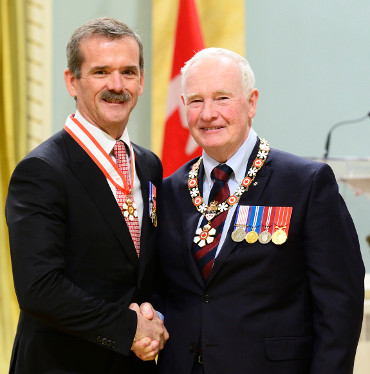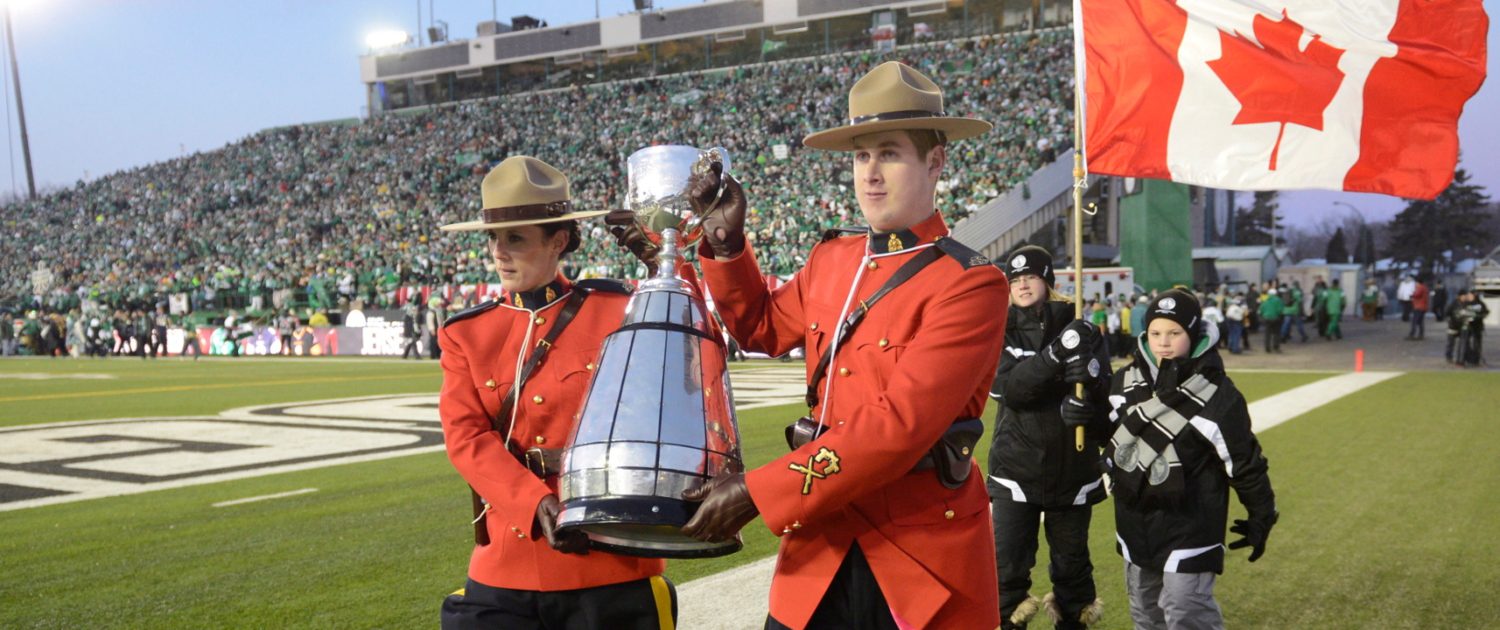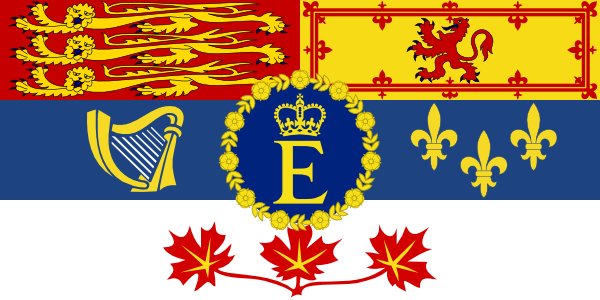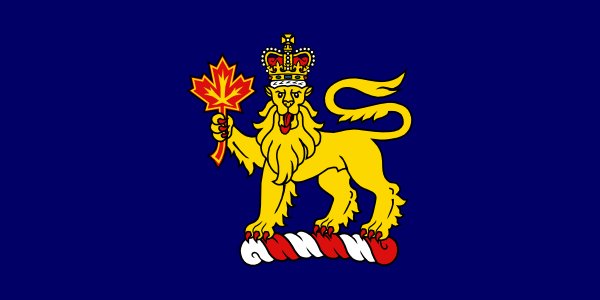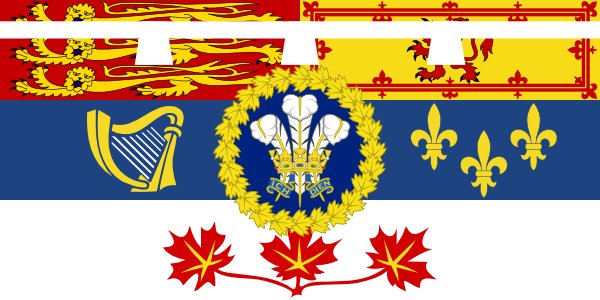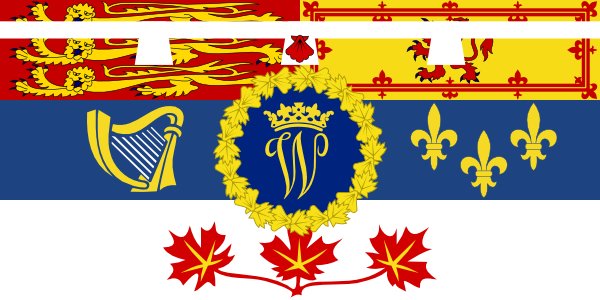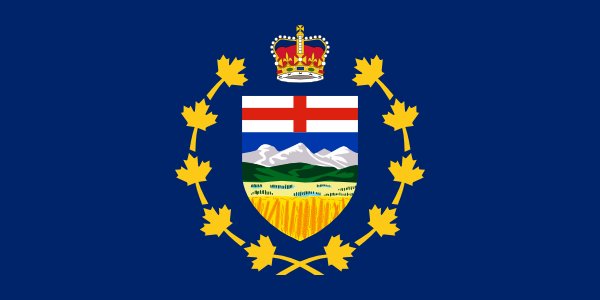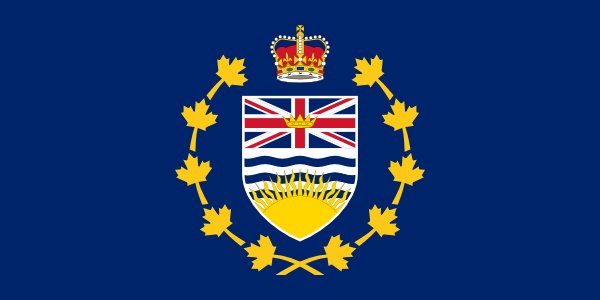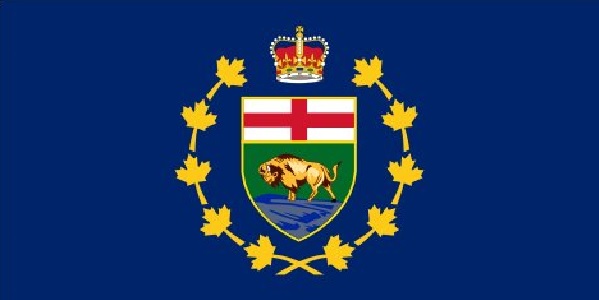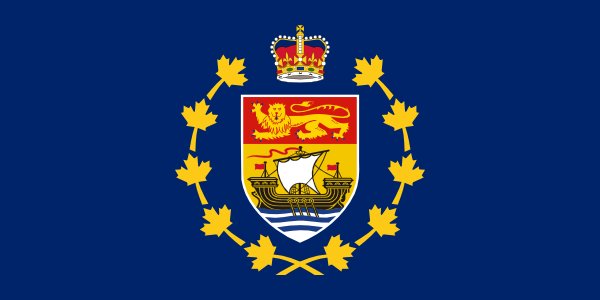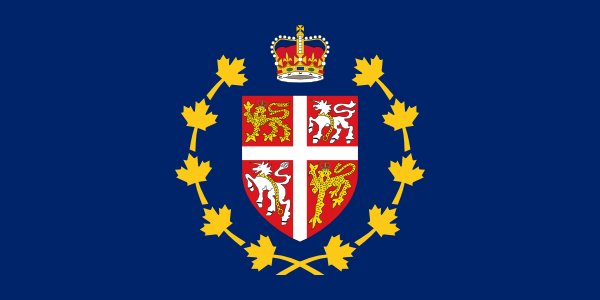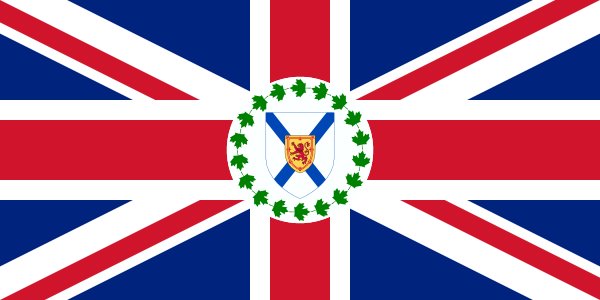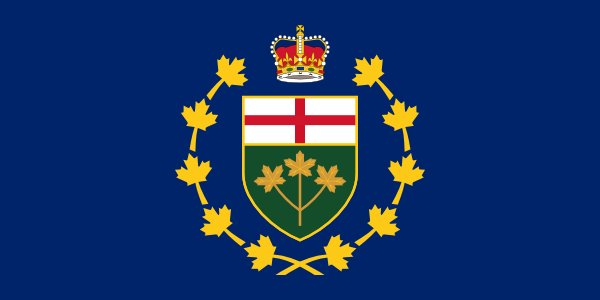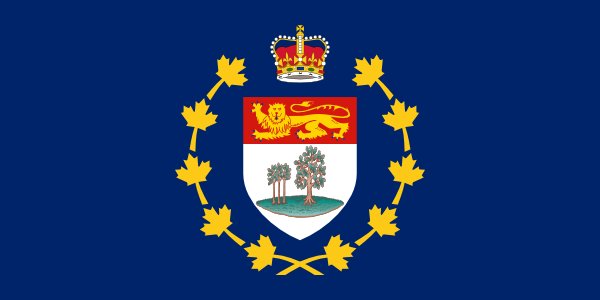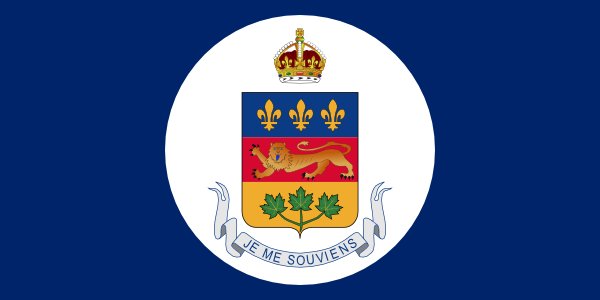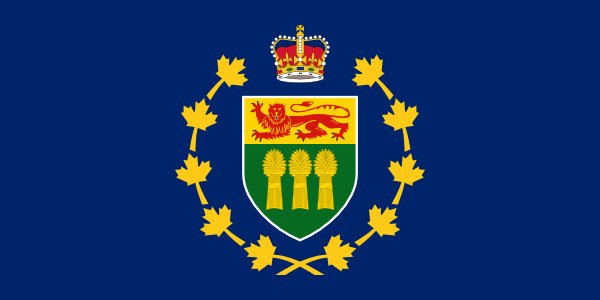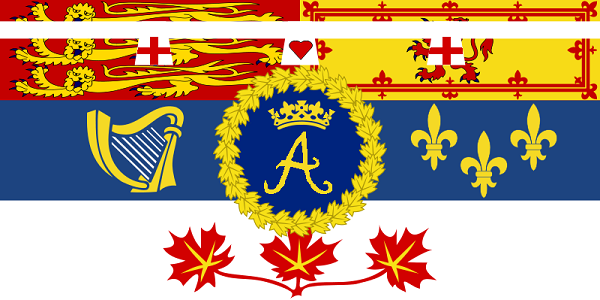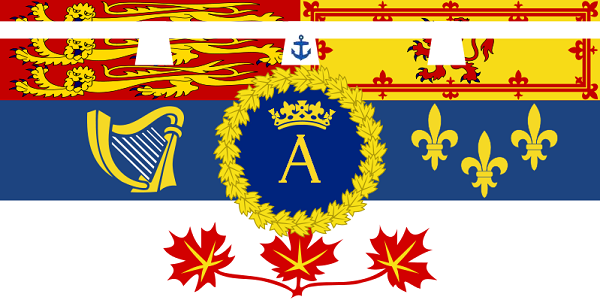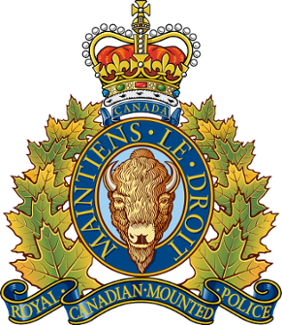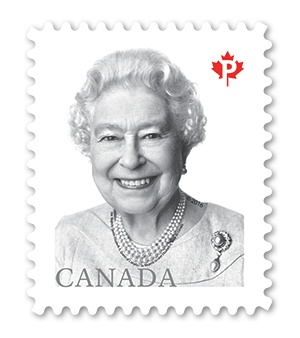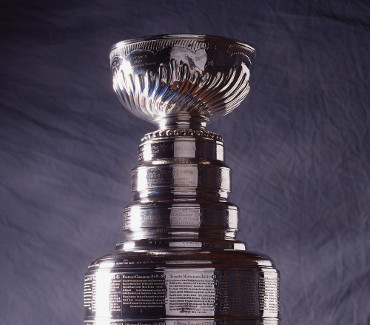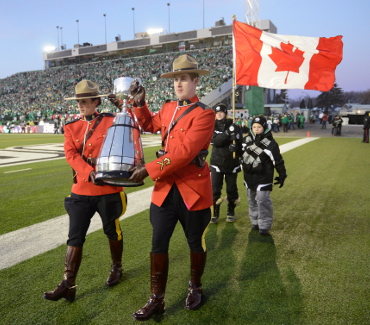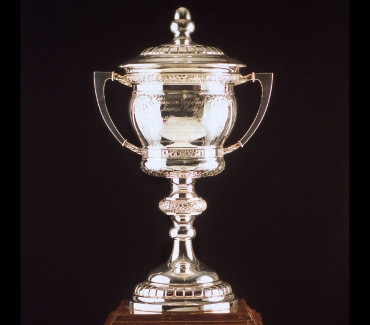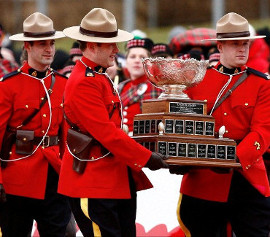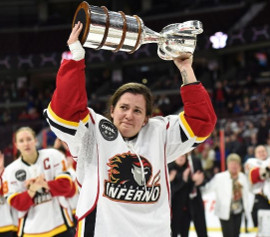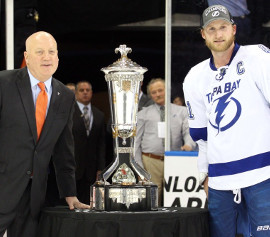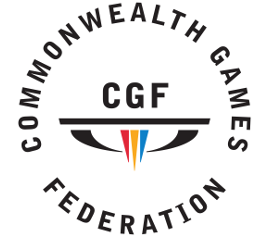Honours, Symbols and Sports
Canadian Honours
Every country develops ways of paying special respect to people who give extraordinary services to the nation through their hard work, which in turn inspires others to do good, perhaps at a national level such as a former prime minister, perhaps in a niche area of effort such as establishing a women’s shelter or organizing the feeding of homeless people.
This recognition for exceptional service is called “The Honours System”. The establishment of every national Honour along with many provincial Honours is approved by The King, often includes the Crown in its insignia and is given in his name, thus reflecting the tribute of all citizens.
In Canada, Honours exist for every sort of effort you could imagine. For instances, the Royal Victorian Order is given to those who have personally assisted The King. The Order of Canada is intended to recognize those who have improved the life of our nation, while The Order of Military Merit identifies outstanding administrative services in the Canadian Armed Forces
The Honours List of appointments to the Order of Canada is published twice yearly, around New Year’s Day and Canada Day. You can look at a recent list here, and admired the diversity of what some of your fellow Canadians have done to make our lives better. For a full explanation, access this site and admire the many ways Canadians make our country a better place.
Decorations are given for bravery and special service. In the Armed Forces, the highest level of courage is honoured by the Victoria Cross – the internationally-known recognition for selfless gallantry in the face of the enemy. Civilians and first responders are among those receive Bravery Decorations when, for example, someone rushes to save the occupants of a burning house or plunges into icy waters to save canoeists after their craft tipped over.
Medals often identify good achievements at significant in our nation’s history: many thousands of your fellow Canadians recently received in 2012 The Queen’s Diamond Jubilee Medal, which recognized our Queen’s life of services to others by honouring good citizenship. In 2022, six Provinces created Jubilee Honours when the federal government refused to do so. Quite possibly you know a family friend or neighbour who received this Honour.
Do you know anyone who has received an Honour, Decorations, or Medal?
